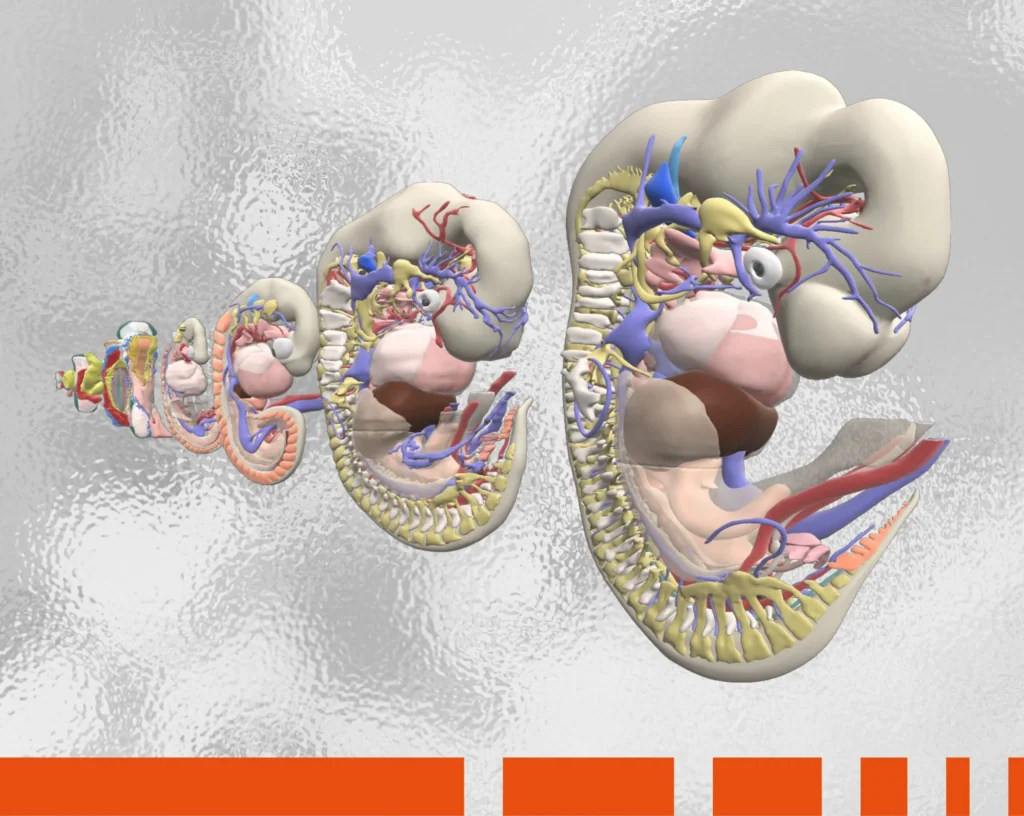Colleges and universities have made a huge and urgent shift to online-only teaching while juggling a host of other concerns, not least, finances.
Anatomy, of course, has its unique set of hurdles. At heart, it is a three-dimensional subject that requires understanding of body structures and their relationships. This is often taught using cadaveric specimens, access to which has been limited, creating some significant hurdles.
Here’s what you need to know about what has changed in how anatomy teaching is delivered to students during the COVID-19 crisis. This includes the challenges academics have met and the solutions they’ve found, opportunities the situation has presented, and crucially, which changes are here to stay.
Delivering Remote Learning to Students During COVID-19
So how have staff delivered anatomy teaching during the crisis without access to physical cadaver lab and in-person contact with students?
Technology has taken much of the strain according to a recent SWOT analysis of adaptions to anatomical education published by the American Association of Anatomists. Institutions have used webpages, emails, texts, and social media to inform students of the ever-changing situation. At the same time, teaching has mostly been delivered remotely through virtual learning environments (VLEs) and cloud-based communication and collaboration platforms. Measures include:
- Replacing physical lectures with recorded video presentations
- Providing live sessions and case-based tutorials via the likes of Zoom, Google Meet, Microsoft Teams, Blackboard Collaborate, and web-based BigBlueButton
- Maximizing use of pre-existing digital anatomy learning resources
How Staff Have Overcome Specific Difficulties
Implementing these changes has been a struggle, even for those institutions that had an established online element to their anatomy teaching in place before the crisis. Obstacles have included time – or not enough of it – lack of cadaveric exposure, and issues designing and conducting robust, but fair, online assessments.
Time
For most in higher education, the changes wrought by the COVID-19 crisis happened suddenly and swiftly. Since when, it’s been a scramble to stay one step ahead of students and other responsibilities.
Academics have invested many hours in replacing in-person lectures and practical classes with remote, digital options. But this is a time-cost that needs to be weighed against the educational benefit to students. So, rather than create their own resources from scratch, many have used trustworthy online anatomy resources already available.
Lack of Practical Sessions
Creating materials that compensate for students’ lack of exposure to cadaveric specimens is a unique challenge for anatomy. Physical cadaver lab gives students haptic understanding and promotes discussion of anatomical variation and pathologies. It also teaches aspects of professionalism, including empathy and respect for future patients.
In response, a few institutions have produced new digital cadaveric imagery. However, this presents difficulties around protecting the dignity of the deceased if images are downloaded and shared. So, some have opted for live online demonstrations instead. Others have turned to virtual 3D anatomy models, such as Primal’s.
Issues with Assessments
Finding online alternatives for summative, or formal, assessments based on practical anatomy knowledge has been a major headache for teachers and students alike. For traditional spotter-style exams, difficulties echo those of limited access to cadaveric material. So, some institutions simply cancelled formal assessment; others switched to online equivalents.
Of course, any equivalents need to be closely aligned to the skills students are expected to acquire through their learning. There are also the burdens of creating, supervising, and grading such activities. But anatomy instructors have stepped up with novel approaches, often embracing new technologies. These include building virtual question banks that can randomize the presentation of questions, give time restraints, and automate scoring and invigilating – to prevent cheating.
Opportunities: Innovation, Upskilling and New Ways of Working
Some academic staff have embraced the opportunity presented by the pandemic to innovate their teaching. This includes upskilling in new software, virtual resources, and the full capabilities of their respective VLEs, and refreshing pedagogical techniques for online environments.
Many anatomy teams have also seized the chance to explore novel ways of working. This includes sharing insight internally and between institutions using cloud-based platforms such as Zoom and Microsoft Teams. Some have also created new online working environments that support remote working.
What is Likely to Stay?
No doubt, the pandemic has caused major upheaval, but now, educational institutions are looking at what happens next. Anatomy has long felt the squeeze of dwindling resources across budgets, staffing and time in the health sciences curriculum, coupled to an increase in student numbers.
To address these pressing issues, academics would like to retain many of the new online techniques and approaches they’ve developed to create a more blended style of delivering learning in-person and remotely.
Key Takeaways
The landscape of anatomy education has shifted during the COVID-19 pandemic to tackle the difficulties of delivering online alternatives to in-person lectures, practical sessions, assignments, and assessments.
This has gifted exciting opportunities to:
- Review and innovate the curriculum
- Refresh and adapt pedagogical approaches
- Upskill in technology and new software
- Explore new digital anatomy resources
And, of course, nurturing these new skills, approaches and resources may prove vital, especially in the coming academic year.
How Primal Can Help
Taking learning online is not easy, but you don’t need to compromise on quality, integrity, or effectiveness. Primal can help.
Primal has a wealth of accurate and detailed digital anatomy images, animations, videos, quizzes, and assessment tools ready to use with students. Built on our trusted 3D model, these resources can be customized and are easy to embed in your learning materials and share across your LMS and other communication and collaboration platforms.
Click here to find out more and book a demo.

